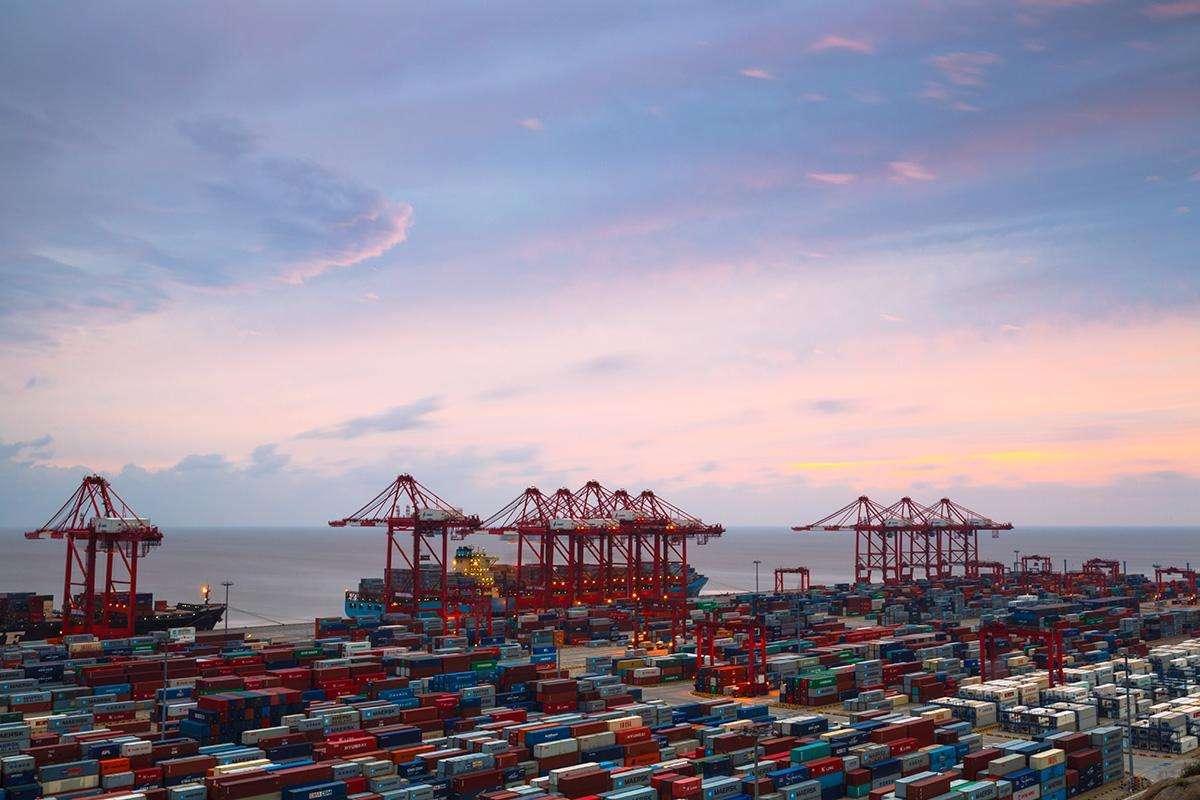BEIJING, July 19 (Xinhua) – Port and shipping industries are expected to undergo a new round of great development driven by innovation, according to Zhao Nan, senior researcher with Shanghai International Shipping Institute.
At present, ports around the world have begun to explore deeper embedment of information technology into port business. Digitization, automation and platform-based operations have now become new characteristics of ports development.
Supported by modern technologies, the port production model is transiting from extensive development to intensive and more refined development, Zhao noted, adding that ports began to focus more on production efficiency per unit of resource and achieved more intensive use of existing port resources within their current space and resource constraints through technological transformation.
In recent years, the typical trend of port automation is moving towards the development of unmanned and automated terminal operations. In China, Qingdao Port, Shanghai Port and Xiamen Port have all built automated container terminals, while Tianjin Port and Guangzhou Port are scheduled to establish their own automated terminals.
Zhao pointed out that the port and shipping enterprises should strengthen the stability of port services and set up a port emergency response mechanism in a bid to deal with emergency situation caused by the automated terminal or the intelligent terminal.
At the same time, automated terminals should continue to push for technology optimization and improvement so as to reduce the instability of automated terminal systems and to strengthen the interoperability between different systems, Zhao added.
Currently, many ports have begun to build regional logistic data exchange platforms centered on logistic information and interconnected information systems.
Such data exchange platform will not only include data from port enterprises but also data from other third-party platforms.
In addition, port enterprises and shipping enterprises are eagerly exploring blockchain technology to optimize their entire logistic chain services.
However, there are still many issues with the application of current blockchain technology. Firstly, there are still many controversies in the construction of the blockchain. Secondly, blockchain applications are mainly used by its builder on a single-user basis, and thus the “chain” in blockchain technology has yet to be completed.
In actual operation, blockchain organizations will also need to establish a wide range of industry standards and technical agreements, according to Zhao. (Edited by Yang Yifan, yangyifan@xinhua.org)




 A single purchase
A single purchase









